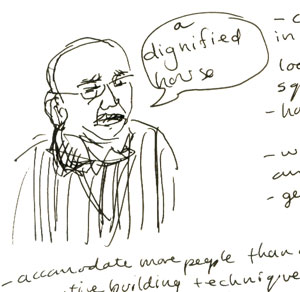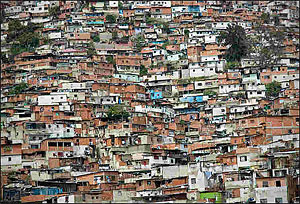 The Brit Insurance Designs of the Year (BIDOY) exhibition is currently on at London's Design Museum. It features the 10x10 Low-Cost Housing project among an array of other shortlisted designs in a range of categories. Here's more about the exhibition from the catalogue, which I received in the mail today:
The Brit Insurance Designs of the Year (BIDOY) exhibition is currently on at London's Design Museum. It features the 10x10 Low-Cost Housing project among an array of other shortlisted designs in a range of categories. Here's more about the exhibition from the catalogue, which I received in the mail today:"The Design Museum and its sponsors are very pleased to present Brit Insurance Designs of the Year, an international exhibition and award that is now in its second year. The exhibition sets out to give an overview of the significant achievements in design and architecture over the last twelve months, where our audience will have the opportunity to experience these feats hands on as well as through this catalogue.
Last year, the winning projects were a testament to the inspiring diversity that design as a whole represents and the shortlist this year is no less impressive... Across the categories, there is this year a sense of climates in flux, be it cultural, political, economic or environmental, where the design output expresses this through both subtle and more explicit processes and applications. But despite the current financial down turn that is all too real, the design stories in this exhibition and award demonstrate that there is still a great sense of optimism as well as the power of using design processes as a tool to drive ideas forward - whether they are for commercial or more experimental purposes."
Here's 10x10 Housing's page in the exhibition catalogue (please click on the image to see a larger version):

If you're in London, be sure to get to the Design Museum, Shad Thames, London SE1 2YD before 14 June 2009 to catch this fascinatingly diverse exhibition.























